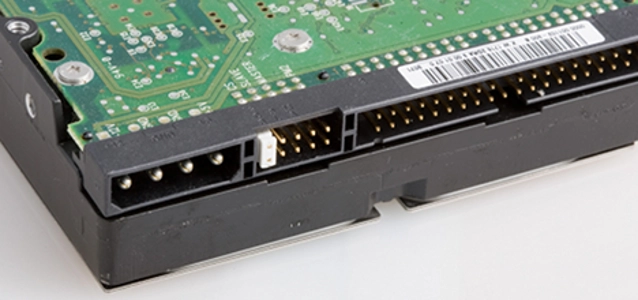
© nikm dreamstime.com
Components |
2H’March 4GB contract prices increase by 2.17%
2H’March contract prices are showing mild signs of growth, with average DDR 4GB contract prices growing to $US 23.5, a 2.17% increase, and average DDR3 2GB prices climbing to 14 USD, a 1.82% increase.
Given the more than 20% growth experienced by 1H’March contract prices, along with the fact that DRAM order agreements have already been settled with clients during the first half of the month, the DRAM contract price uptrend is expected continue into 2H’March regardless of whether the client or sales numbers decrease.
On the supply side, with the demand for the Galaxy S4 being larger than expected, Samsung has made efforts to accelerate its mobile DRAM production, leading to a widened product gap for PC DRAM.
Efforts to mass produce mobile DRAM is also spotted from relevant manufacturers within Apple’s supply chain, given the company’s alleged plans to release more than one smartphone device this year. As a number of Taiwanese DRAM manufacturers suffered various damages from the 3/27 earthquake, the tightened DRAM supply situation is expected to worsen.
Trendforce forecasts that the DRAM price uptrend will continue throughout April and that the upward momentum will strengthen as various PC-OEMs maintain PC DRAM inventory at low levels. A mild price increase can be reasonably expected in the future, and upon the arrival of the peak season, it is not unlikely for the DDR3 4GB module price to approach the $US 30 mark.
China’s White-Box Tablets Eating up PC DRAM, Future Market Demand-Supply Situation to be Viewed with More Caution
The DRAM spot price has increased substantially since the beginning of March, and has stimulated similar movements within the contract market. While contract prices saw only a slight growth in 2H’March (increasing by only 5%), for the entire month, the average 4GB module prices grew by 20%, climbing from $US 19.75 to approximately $US 23.
Originally, many had anticipated only limited momentum for DRAM products, seeing as how March is typically associated with the off-peak quarter for PC shipments. The large growth observed in DRAM prices is mostly attributable the rising demand for China’s affordable white-box tablets.
According to TrendForce, the total shipment for China’s MID (or Mobile Internet Device, another term for “white-box tablets”) is estimated to amount to 53 million units in 2013. As most consumers are expecting the retail price to fall within $US100-$US200, a large majority of these devices will be shipped with PC DRAM equipped.
Using the 1GB content-per-box as a basis of calculation, the total number of PC DRAM consumed in 2013 will be equivalent to the DRAM consumption of approximately 13 million PCs and Notebooks (which is roughly equal to the kind of purchase/shipment quantities that large PC OEMs are known for).
On the supply side, factors such as the lack of noticeable shipments in the DRAM market, the delays to the 2Xnm process migrations, and the difficulties involved in improving yield rate are all expected prevent 2Xnm DRAM from becoming the norm. By the end of 2013, the proportion of DRAM output accounted by 2Xnm DRAM is expected to be roughly less than 30%. 3Xnm DRAM, on the other hand, is expected to remain as the mainstream in the market.
Thanks in large part to the revival of the PC DRAM prices during the beginning of 2013, various DRAM manufacturers, for the first time in many years, were not only able to profit from PC DRAM, but also earn more revenue from this product than from server DRAM, which by comparison showed less obvious price movements.
For an industry that has long been known for its unprofitability, the recently observed price surge is a largely promising sign. DRAM manufacturers now need to think hard about how to instill further value into PC DRAM in order to prevent it from being subject to intensive price competition.
